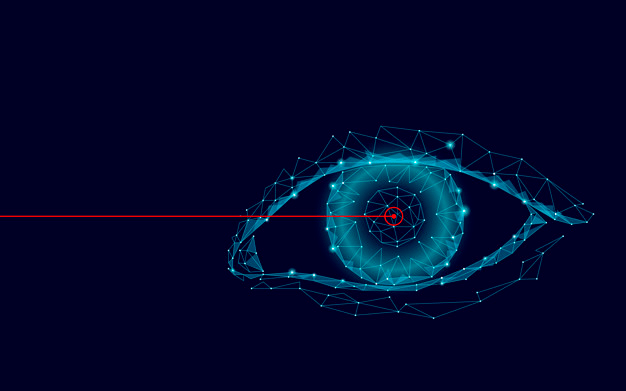“This case report describes a 60-year-old woman who experienced a posterior vitreous detachment (PVD) and retinal tear after her 11th session of 1 Hz repetitive transcranial magnetic stimulation (rTMS) for the treatment of major depression. Although we cannot conclude that rTMS caused her PVD and retinal tear, the temporal association is strong, and we hypothesize a possible pathophysiology of the event. As part of the routine clinical monitoring of rTMS side effects, we encourage attention toward ophthalmologic symptoms, especially in older patients.”
Read the full article: https://bit.ly/3d5flMF
Retinal tear and posterior vitreous detachment
“Repetitive transcranial magnetic stimulation (rTMS) is a well-established treatment for medically refractory major depressive disorder (MDD), using powerful, focused magnetic pulses (1.0–2.5 T) delivered through an electromagnetic coil to stimulate the dorsolateral prefrontal cortex (DLPFC) [[1]]. rTMS is a safe procedure, with side-effects usually limited to scalp pain during stimulation, transient and mild headache and fatigue after stimulation, and rare seizures (<0.1%) [[1]]. Although uncommon, eye symptoms such as pain or discomfort have also been reported [[2],[3]]. The development of sight-threatening conditions are rare, with a single case in the literature reporting the development of a retinal tear following rTMS [[4]]. In this letter, we describe the occurrence of posterior vitreous detachment (PVD) and retinal tear in a patient receiving rTMS and provide recommendations for ocular screening and management in these cases.”
Read the full article: https://bit.ly/3dQ60r0
Transcranial magnetic stimulation and photopsiae
“We present a 58-year-old woman who experienced photopsiae during and after her 24th session of repetitive transcranial magnetic stimulation (rTMS) for the treatment of Major Depression. Symptoms persisted for a number of weeks and a posterior vitreous detachment was subsequently observed. We recommend close attention be paid to ophthalmic symptoms during the monitoring of rTMS side effects.”
Read the full article: https://bit.ly/39UORLy




